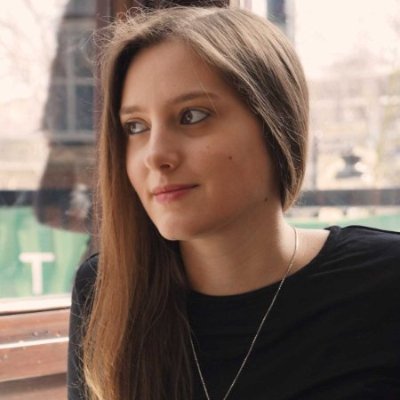糖心视频icists observe image rotation in plasma

Ingrid Fadelli
contributing writer

Sadie Harley
scientific editor

Robert Egan
associate editor

Light sometimes appears to be "dragged" by the motion of the medium through which it is traveling. This phenomenon, referred to as "light dragging," is typically imperceptible when light is traveling in most widely available materials, as the movement is significantly slower than the speed of light. So far, it has thus proved difficult to observe in experimental settings.
Researchers at the University of Toulouse, University of California- Los Angeles (UCLA), University of Paris-Saclay and Princeton University recently observed a specific type of light dragging known as image rotation in a plasma-based system.
Their observation, outlined in , was made using magnetohydrodynamic (MHD) waves that propagate in a magnetized plasma, known as Alfv茅n waves.
"The idea that the motion of a medium can affect waves passing through it has been known since the early 1800s, but because of the scaling of these effects their observation had been mostly limited to exotic media where light is artificially slowed down," Renaud Gueroult, first author of the paper, told 糖心视频.
"We realized that a plasma can naturally support slow waves while exhibiting fast rotation, offering new opportunities."
A plasma is essentially ionized gas made up of free electrons and ions. Due to their unique properties and fast motion, plasmas are ideal experimental platforms for probing fundamental physics phenomena and wave dynamics, including, as the team demonstrated, image rotation.
"Image rotation corresponds to a rotation of the transverse pattern of a wave due to the medium's rotation," explained Gueroult.
"Using recently demonstrated plasma rotation control capabilities in the Large Plasma Device at UCLA, we managed to show that we can indeed rotate the wave pattern left and right by some tens of degrees by controlling the plasma rotation."
To realize image rotation in plasma, Gueroult and his colleagues leveraged the naturally slow velocity with which Alfv茅n waves travel. They specifically employed a system in which Alfv茅n waves are launched in a plasma whose rotation can be controlled using electrically charged electrodes brought in contact with the plasma.
Their efforts led to the observation of image rotation. In other words, they found that the Alfv茅n waves' transverse structure appeared to twist.
Interestingly, they also found that these effects surprisingly matched those predicted by theories explaining light dragging in isotropic systems, media far simpler than plasmas that exhibit the same properties irrespective of the directions they are observed from, demonstrating a broader validity of these results.
"These results are notable in that this is, to our knowledge, the first time large image rotation is observed in a medium in natural conditions," said Gueroult.
"It is also significant in that the Alfv茅n waves specifically studied in this work are ubiquitous in nature, suggesting that this effect could be at play in different environments, and particularly in astrophysics."
This recent study could soon pave the way for further observations of image rotation and other light-dragging effects in plasmas. In the future, these effects could also serve as a basis for new technologies, including remote rotation sensing technologies that could be used to study astrophysical phenomena or to enhance plasma fusion reactors.
"This is only one of many manifestations of motion on waves, and there remain many aspects of these effects that we want to explore to better understand where it can matter, whether it is in laboratory experiments such as magnetic confinement fusion or astrophysics," added Gueroult.
Written for you by our author , edited by , and fact-checked and reviewed by 鈥攖his article is the result of careful human work. We rely on readers like you to keep independent science journalism alive. If this reporting matters to you, please consider a (especially monthly). You'll get an ad-free account as a thank-you.
More information: Renaud Gueroult et al, Image Rotation in Plasmas, 糖心视频ical Review Letters (2025). . On arXiv:
Journal information: 糖心视频ical Review Letters , arXiv
漏 2025 Science X Network





















